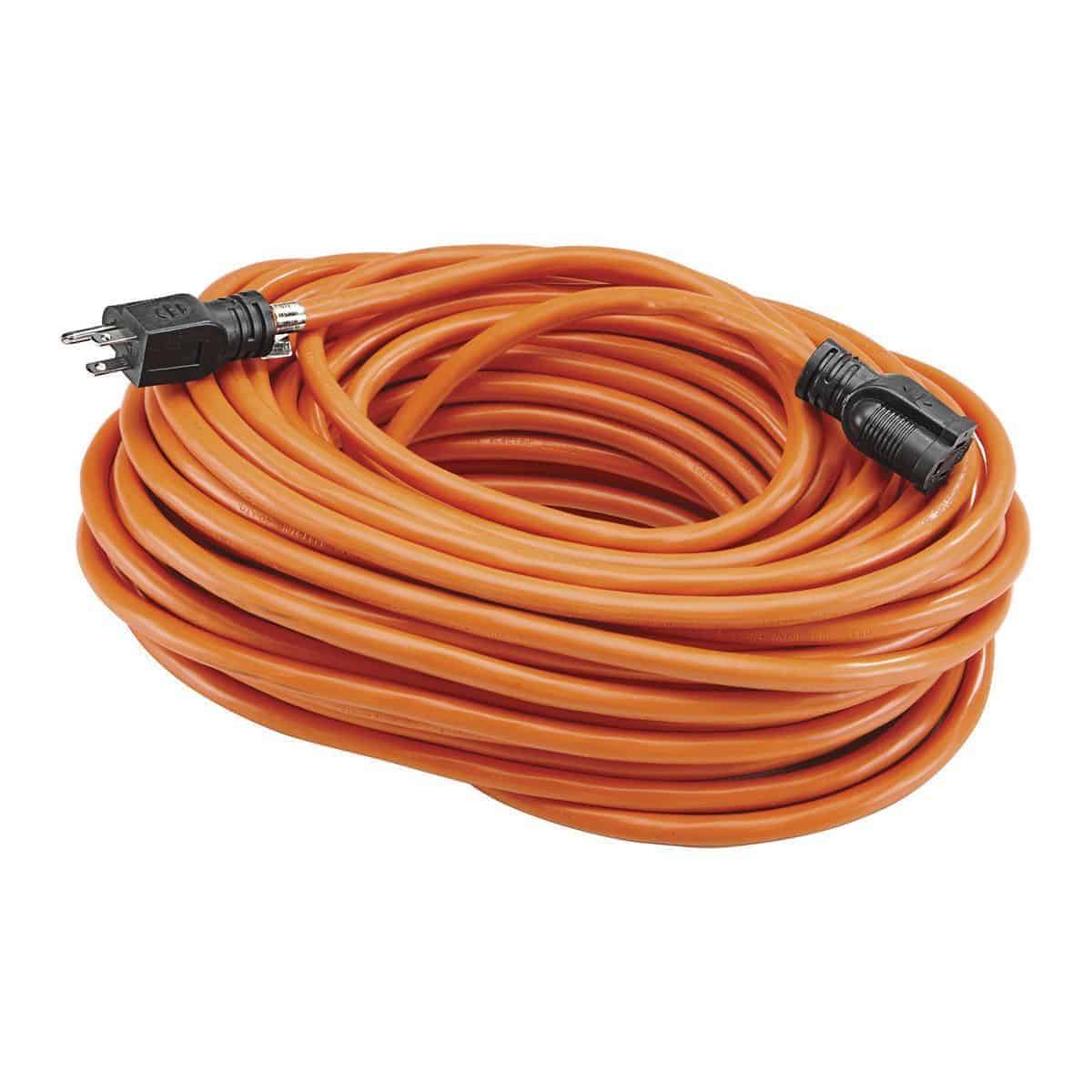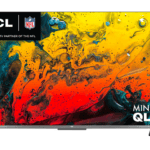You should thoroughly check extension cords every 3 months for functionality, damage, and other issues that the cord may have. This is important for safety, as damaged cords can cause fires or electric shocks. Check for frayed wires and damaged insulation to prevent accidents. You should inspect extension cords regularly, depending on how often you use them and the conditions they are exposed to.
- Before each use: Quickly examine the cord for damage or wear, such as cracks, frayed wires, or a defective plug
- After storage: Check for signs of deterioration if the cord has been stored for a long time
- After high-stress use: Inspect the cord for damage if it has been used in a high-stress environment, such as outdoors or with power tools
- Annually: Even if the cord appears to be in good condition, an annual inspection can help catch hidden issues
- Seasonally: If you use the cord year-round, consider inspecting it every 3 to 6 months
- Post-project: Conduct a cool-down check after completing a project
If you find any damage, dispose of the cord and replace it with a different one.
Extension Cord Inspection Guidelines
Here’s a table outlining how often to inspect extension cords:
| Frequency of Inspection | Situation |
|---|---|
| Before Every Use | – Visual inspection: Look for cuts, frayed wires, exposed wires, damaged plugs or sockets, or evidence of overheating (e.g., melted or scorched parts). |
| – Check for overheating: Feel the cord and plugs for excessive heat during use. | |
| Every Month | – Regular inspection: Conduct a thorough visual check, even if no signs of damage are apparent. |
| Every 3 Months | – Outdoor cords: Inspect more frequently due to exposure to weather and elements. |
| – Heavy-duty cords: Inspect more often if used for demanding tasks or in harsh environments. | |
| Immediately After Any Incident | – Accidents or damage: Inspect the cord thoroughly after any drops, pulls, or exposure to water or extreme temperatures. |
Additional Tips for Extension Cord Safety:
- Use the right cord for the job: Ensure the cord’s rating matches the power requirements of the devices you’re using.
- Avoid overloading: Don’t plug too many devices into one cord or exceed its wattage capacity.
- Protect from water and heat: Keep cords away from water sources and heat-generating appliances.
- Unplug when not in use: Disconnect cords when not in use to prevent potential hazards.
- Replace damaged cords: Immediately discard and replace any cords with signs of damage.
- Use ground fault circuit interrupter (GFCI) protection: For outdoor use or areas near water, use cords with GFCI protection to prevent shock hazards.
- Secure cords properly: Prevent tripping hazards by using cord covers or taping cords to the floor.
- Store cords safely: Coil cords neatly and store them in a dry, cool place when not in use.
Key Takeaways
- Inspect Regularly: Check your extension cords every three months, especially if used frequently or in high-traffic areas.
- Look for Visible Damage: Frayed wires, cracked insulation, and loose connections are key indicators that your cord needs attention.
- Understand Lifespan: Most cords last 3-5 years under regular use but check frequently for wear and tear.
- Safety First: Regular inspections prevent electrical hazards like shocks and fires.
Understanding the Need for Regular Inspection
Average Lifespan of Extension Cords
While the lifespan of an extension cord can vary, most manufacturers suggest a replacement every three to five years. This duration can be shorter if the cord is frequently used under harsh conditions like extreme temperatures or moisture.
Signs of Wear and Damage
Visual Indicators
- Frayed Wires: Examine the cord for any exposed or frayed wires.
- Damaged Insulation: Look for cracks or cuts in the cord’s insulation.
- Loose Connections: Check the plugs and sockets for any signs of looseness or damage.
Physical Indicators
- Overheating: If the cord feels unusually warm or shows signs of melting, it’s a red flag.
- Unusual Noises: Listen for any crackling sounds when the cord is bent or moved.
Inspection and Maintenance Techniques
Regular Inspection Routine
- Visual Check: Before each use, visually inspect the entire length of the cord.
- Tactile Check: Feel along the cord for any rough spots or bulges indicating internal damage.
Maintenance Best Practices
- Proper Storage: When not in use, store cords loosely coiled in a dry place.
- Avoid Overloading: Don’t overload the cord with too many devices to prevent overheating.
When to Replace
Replace your extension cord immediately if you notice significant wear or damage. Repairs are generally not recommended for safety reasons.
Real-World Scenarios
Scenario 1: Outdoor Use
If you frequently use your extension cord outdoors, inspect it more regularly. Outdoor conditions can accelerate wear and tear, especially in cords not specifically designed for outdoor use.
Scenario 2: High-Traffic Areas
Cords used in high-traffic areas should be checked more frequently due to increased risk of physical damage from foot traffic or machinery.
Relevant Resources
- Extension Cord Safety Tips: Watch Video
- Electrical Safety with Extension Cords: Watch Video
Industry Standards and Regulations
OSHA Guidelines
According to OSHA, extension cords must be inspected before each use. This is especially important in industrial or construction settings.
National Electric Code
The National Electric Code also mandates regular inspections and proper usage of extension cords to avoid hazards.
Advanced Tips for Safe Usage
- Use for Intended Purpose: Always use extension cords as per the manufacturer’s guidelines.
- Proper Unplugging: Unplug the cord by gripping the plug, not the cord, to avoid damage.
- Right Cord for the Job: Ensure the cord’s rating matches the power requirements of the device it’s connected to.







